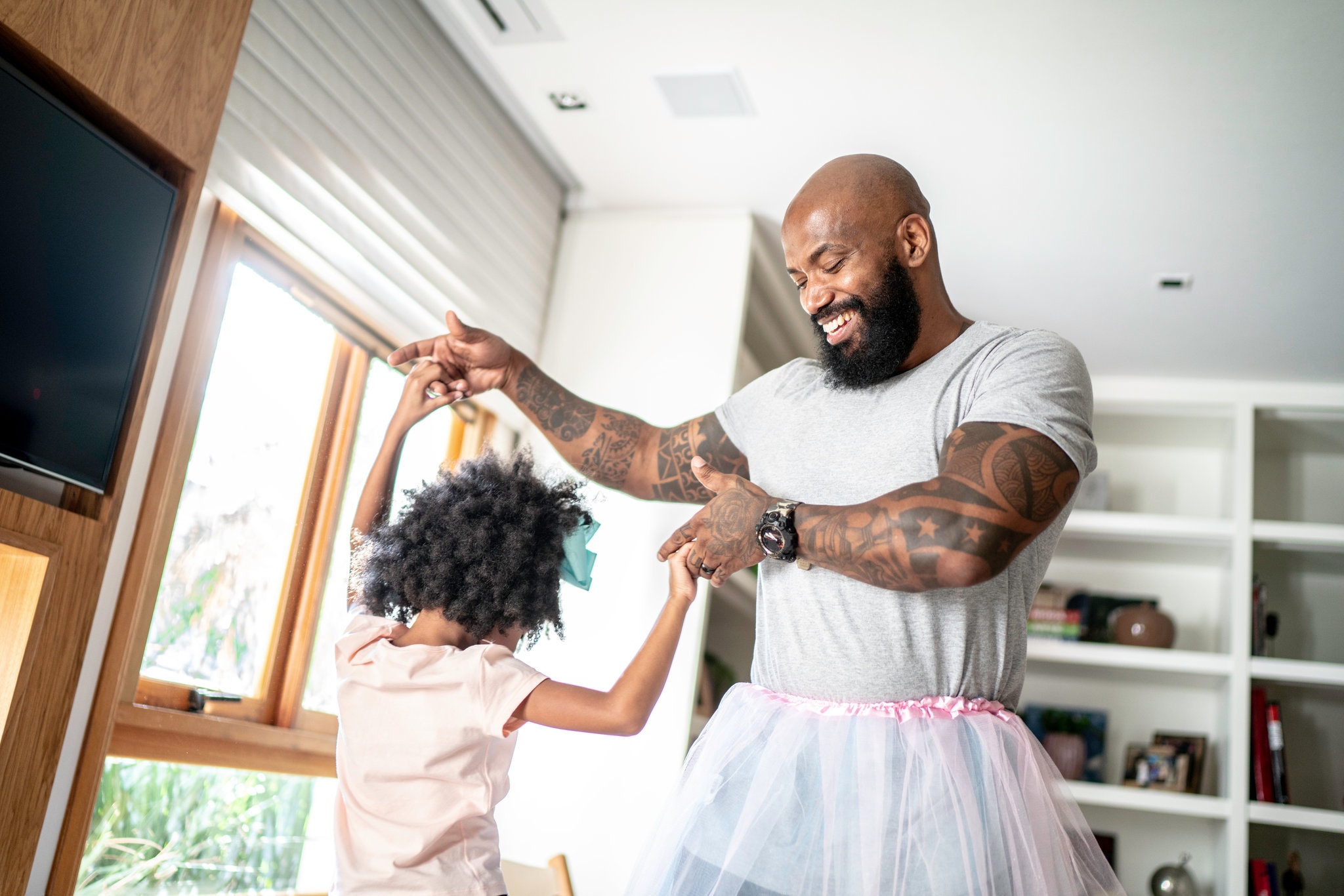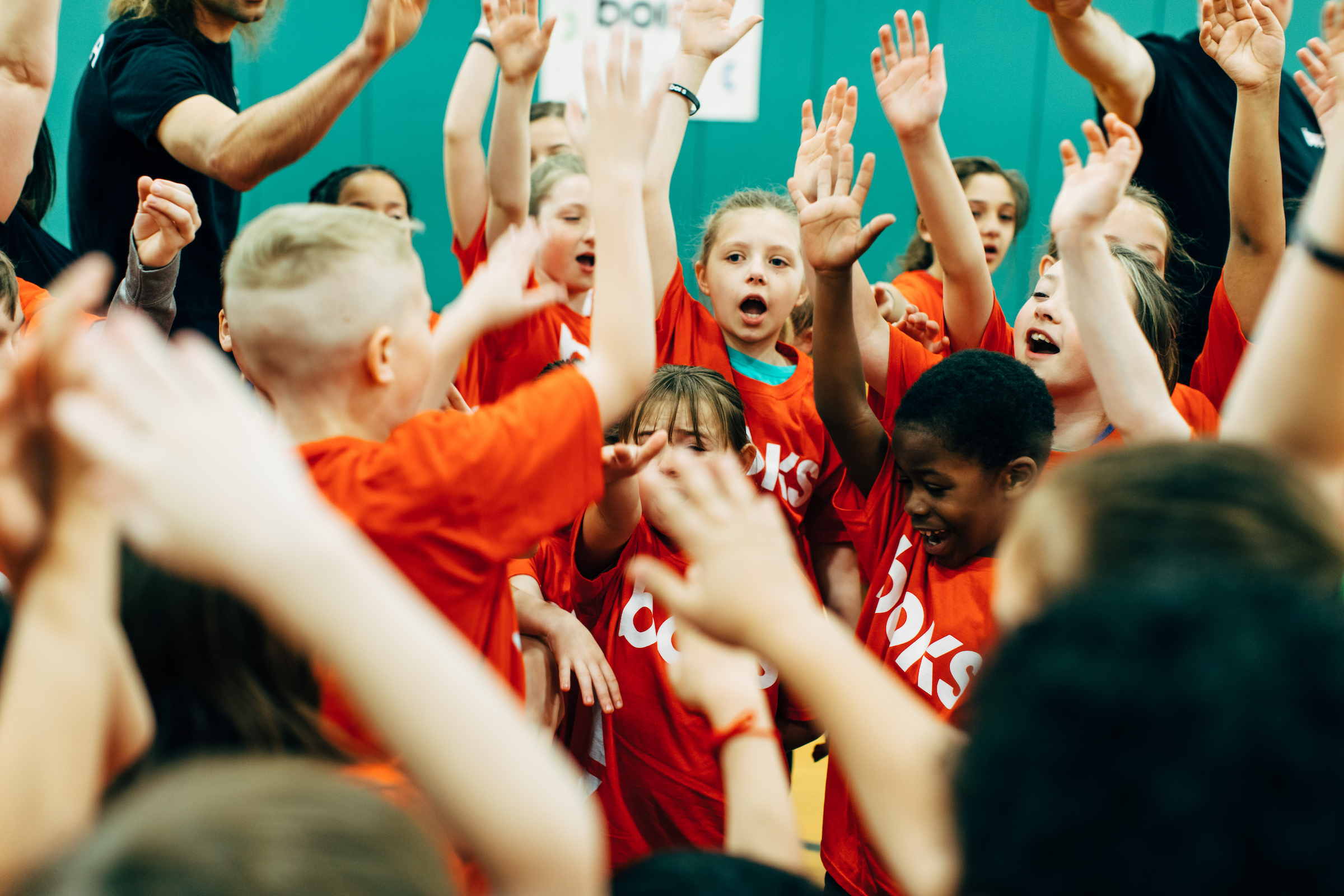Exercise scientists and coaches offer tips on getting young people to be more active.
When we asked readers recently what they wanted to know about the coronavirus and exercise, many parents responded with variations of the question — or in some instances, the cri de coeur — of how do I get my kids to move more and stop sitting all day in front of laptops, phones and televisions?
It’s a legitimate concern. “A growing body of evidence shows excessive sitting to be linked with various health risks, low self-esteem and decreased academic achievement in school-aged children and youth,” says Taija Juutinen Finni, a professor of health sciences at the University of Jyvaskyla in Finland who studies inactivity in young people.
But how do we encourage young people to be more active, without making activity one more draining chore? Exercise scientists and coaches, some of them also parents, had some suggestions.
Chase Bubbles and Dance
Parents’ primary goal should be to find a way — any way — to encourage homebound offspring to get up and move, at least a little, says Stuart Phillips, the director of the Centre for Nutrition, Exercise and Health Research at McMaster University in Hamilton, Ontario. “Getting some kind of physical activity every day greatly improves their mood, sleep and, of course, their health.”
The current federal physical activity guidelines recommend that children and teenagers exercise for at least an hour a day, while preschoolers between the ages of 3 and 5 should be up and whizzing about for three hours or more. But, for now, young people “should just try to get out of breath once in a while,” Dr. Juutinen Finni says.
To that end, the researchers recommend that, in technical parlance, you let the wild rumpus start. “Hopping, skipping, ball toss, bear crawls and crab walks can be fun ways to engage younger kids,” says Samantha Stephens, a pediatric exercise physiologist and research fellow at the Hospital for Sick Children in Toronto. Avoid over-exuberant bouncing, of course, in deference to safety and any downstairs neighbors.
Or “set up a disco” in the living room, Dr. Juutinen Finni suggests, stringing holiday lights and creating a cross-generation family playlist. “Dancing together is fun,” she says and lifts pulses and spirits.
You also could meld academics and aerobics, helping both seem less rote. “In math, students could do calculations, and then get to perform as many jumps as the last answer,” Dr. Juutinen Finni says. Or, if they are studying shapes and geometry, suggest they step off the dimensions of your rooms and calculate just how rhomboid some of those spaces are.
Whenever possible, too, get outside, wearing masks and gloves as required, and go analog. “Use chalk to create a hopscotch course” on a sidewalk, Dr. Stephens says. “Blow bubbles and have your kids catch them. Play tag.” Not surprisingly, young people move more when outdoors. In a 2019 study of almost 6,500 children in 12 nations, any hour spent outside resulted in more physical activity than comparable time indoors.
Join the Resistance
Young people should also aim to be strong, and some of them, especially teenagers, may be more receptive to weight training than family dancing. “If your kids don’t want to run, bike or walk but would lift a weight or a sack of flour, do a push-up, squat, jump, skip, then great!” Dr. Phillips says.
“Resistive work is safe for kids,” he adds, “and likely helps to prevent injuries in sports, has beneficial metabolic effects, and a huge mental health benefit.”
It also can be done with little or no equipment. “Body weight training is a great form of resistance exercise,” Dr. Phillips says.
For a brief, child-friendly body weight workout, try several push-ups, followed by some “mountain climbers” — with the young people on all fours, kicking first one leg and then the other behind them, as if scaling a steep slope — and 30 seconds or so of “Superman,” meaning children lie on their stomachs on the floor and lift and hold their arms and legs, as if whooshing through the air.
Young people could Zoom these sessions with friends or allow their parents to join in, for competition and comic relief.
Recess for All
But perhaps the most important message for parents is “don’t try to be the P.E. teacher,” says Ali McManus, a professor of health and exercise at the University of British Columbia Okanagan campus, whose research focuses on children. “If we make exercise too prescriptive, it will be yet another thing to make many parents feel they are failing” and children and teenagers resentful.
Instead, reframe physical activity as a respite from the demands and anxieties of the pandemic, she says. “Parents need recess, too.” So, for your sake and theirs, get up when you can and hop or shimmy with your youngsters. Or suggest your teens, spouse and you download the adventure app “Zombies, Run!,” and add bloodcurdling frisson to an all-family after-school jog.
And know that having the time, space and opportunity to exercise during the shelter-at-home edicts are privileges not available to everyone, every day. If, this afternoon, you cannot break away from Zoom conferences for a dance-off, relax, Dr. Juutinen Finni says, and aim for the more-modest goal of getting your offspring up off the couch every hour. Standing up, by itself, “provides a healthy stimulus to the leg muscles in children,” she says, and lifts some of the weight from busy parents’ shoulders.
Additional Exercise-Related Resources for Parents and Children
American College of Sports Medicine’s Tips for Building Fit Kids
The Sports Mom Survival Guide Bodyweight Workout
New York Road Runners Stay Active at Home
Published May 6, 2020Updated May 7, 2020
Article on The New York Times Here





